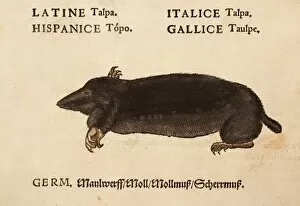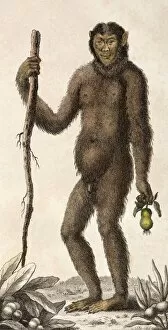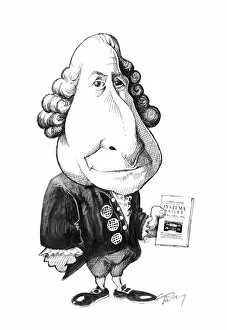Linnaeus Collection (page 5)
Linnaeus, also known as Carl Linnaeus, was a renowned Swedish botanist and zoologist who made significant contributions to the field of taxonomy
All Professionally Made to Order for Quick Shipping
Linnaeus, also known as Carl Linnaeus, was a renowned Swedish botanist and zoologist who made significant contributions to the field of taxonomy. His groundbreaking work, "Methodus plantarum sexalis in sistemate naturae descripta, " published in 1736, laid the foundation for modern plant classification systems. Another notable publication by Linnaeus was his "Systema Naturae" in 1736, which further expanded on his taxonomic principles. One fascinating aspect of Linnaeus's legacy is an exquisite plate dated 1793 that showcases Helianthus annuus or the sunflower. This record (3688) exemplifies his meticulous attention to detail and accurate documentation. However, not all aspects of Linnaeus's career were without controversy. The infamous Hamburg Hydra incident revealed a fake specimen attributed to him. Despite this setback, it did not overshadow his immense contributions to science. In addition to plants, it also developed a revolutionary system for classifying animals based on their sexual characteristics. His Plant Sex System from 1807 revolutionized how we understand reproductive processes among various species. Among the many creatures he studied was Cyclopes didactylus or the silky anteater/pygmy anteater—a small mammal with unique adaptations that fascinated him. He also examined Astacus astacus or crayfish—an aquatic creature found across Europe—providing valuable insights into its taxonomy. Beyond his scientific achievements, there are several monuments dedicated to Carl Linnaeus worldwide; one such monument stands proudly in Stockholm, Sweden—the city where he spent most of his life studying and teaching about nature's wonders. The name "Linnaeus" often appears alongside other prominent figures like Bewick/Mouflon and Evans/Linnaeus—indicating collaborations or references made by fellow scientists who recognized his expertise and influence within their respective fields.























